ART CITIES: N.York-Marcos Siqueira
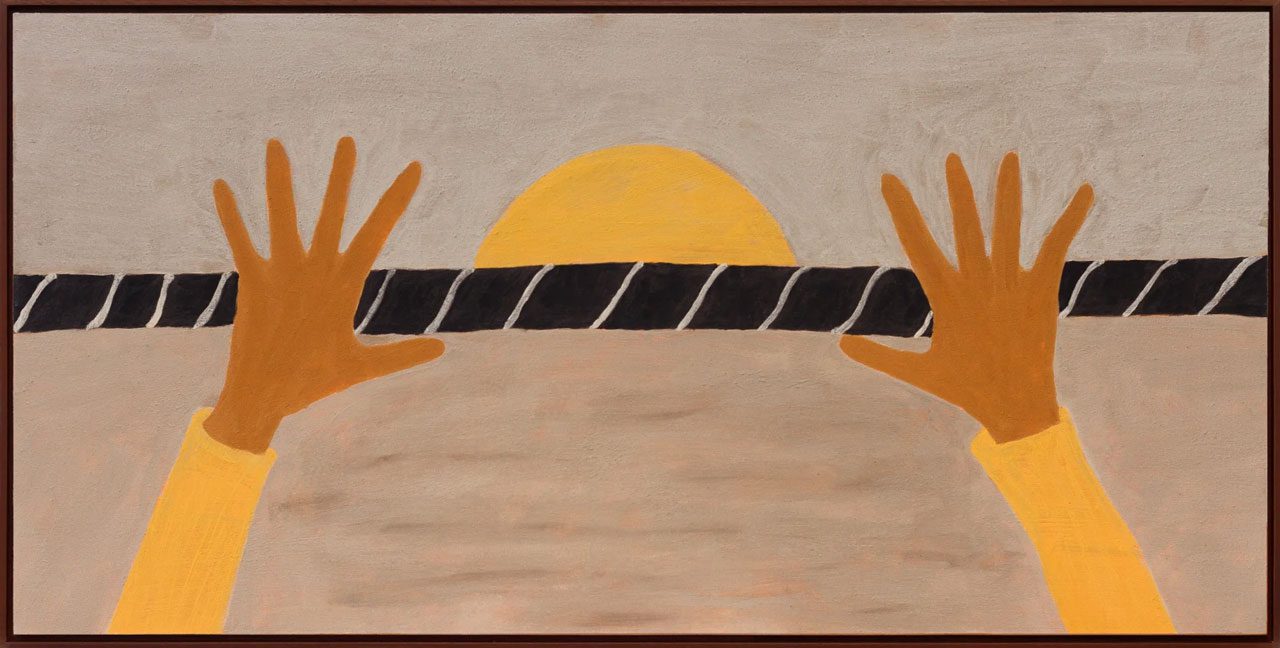
Marcos Siqueira is an artist who lives and works in Serra do Cipó, Minas Gerais, Brazil. Siqueira has always lived in the cerrado biome* of Minas Gerais, where he works with the soil, researches its natural phenomena, and is involved with environmental preservation practices. It is from the soil that he takes the pigments with which he creates his chromatic scale, composed of ochre, green, silver, blue, black, gray, and red tones.
By Dimitris Lempesis
Photo: Mendes Wood DM Archive
Marcos Siqueira presents his solo exhibition “Maturar”, in Brazil, the expression matutar implies a withdrawal from the moment to dedicate extended time to contemplation and pondering. The word appears in phrases such as eu estou matutando (I am considering it) or deixa eu matutar antes de responder (let me consider before I answer). Matutar is to retreat from the dizzying immediacy of the world, to pause in time before proceeding with a decision. This may be one of the first entry points into this body of work. Nothing in the exhibition refers to spontaneity or naïveté, perspectives that are often used to distance Black artists from less affluent strata of Brazilian society. Here, let us remember that this exhibition takes place in the United States, where terms such as primitive, naïve, popular, and spontaneous are familiar descriptors of Afro-Brazilian work in a purported search for some kind of “authenticity.” The pondering of the world, which appears in these paintings, sets in motion a sophisticated thought not “about” nature but with nature. There is no naïveté in this process but rather knowledge about art and the world that is realized in the materiality of the works. In the exhibition, we take note of Siqueira’s formal gestures within the paintings. In many cases, the artist creates pictorial space with bands of color that change the relationship between figure and ground. In others, organic forms and geometries are most present. When I asked the artist about these geometries, he replied, “Just pay attention to the fittings that are found in the landscapes. The colors emerge through the encounter of different types of soil-made pigments. Here, form and material are inseparable.” In many of Siqueira’s works, we see the figure of what seems to be a boy occupying the canvas, sometimes balancing on a thin line, carrying a ball, or launching balloons into the sky. Among all that these representations may suggest, we must attend to the silence that surrounds the figure; the works do not lend themselves to a single glance. Just as when learning the details of an unfamiliar landscape, one must leave behind their sense of the whole image. Marcos Siqueira is one of the greatest connoisseurs of this region and its nature. From a very young age, he has lived many days and years in those mountains in the most diverse of ways: As a boy who, from an early age, worked the land with his family and as a man who acts as a fire brigade member, putting out fires that take over the Serra periodically during the year, mostly due to human actions. The ochre chromaticism of Marcos Siqueira’s paintings emerges from a variety of soils found in the Serra do Cipó. Mixing soil with water and acrylic glue, colors are carefully collected, sieved, and prepared. At a time when debates about nature and the Anthropocene are increasingly prominent in artistic discourse, it is impossible to overlook new meanings within Siqueira’s process. His images, which arise from a dreamlike environment, are not only illustrations of landscapes, nor grand treatises on life in a world with submerging cities, rising temperatures, and fracturing glaciers. Instead, the artist’s works create alternative ways of thinking about our relationship to the natural world. Siqueira’s figures often appear in states of solitude, alone before nature. These environments result when the artist casts his lingering gaze upon everyday landscapes. We are called by this introspection of his surroundings, his pondering of the world.
* The Cerrado is a vast tropical biome. A large ecological area on the earth’s surface, with fauna and flora (animals and plants) adapting to their environment. A biome also defined by its non-living factors, such as climate, geology, soil, and vegetation. composed of savannas and grasslands amid humid and dry forests.
Photo: Marcos Siqueira, Untitled, 2024, pigment on panel, 50 x 100 cm, 19 3/4 x 39 3/8 in, © Marcos Siqueira, Curtesy the artist and Mendes Wood DM
Info: Mendes Wood DM, 47 Walker Street, New York, NY, USA, Duration: 31/7-29/8/2024, Days & Hours: Mon-Fri 10:00-18:00, https://mendeswooddm.com/
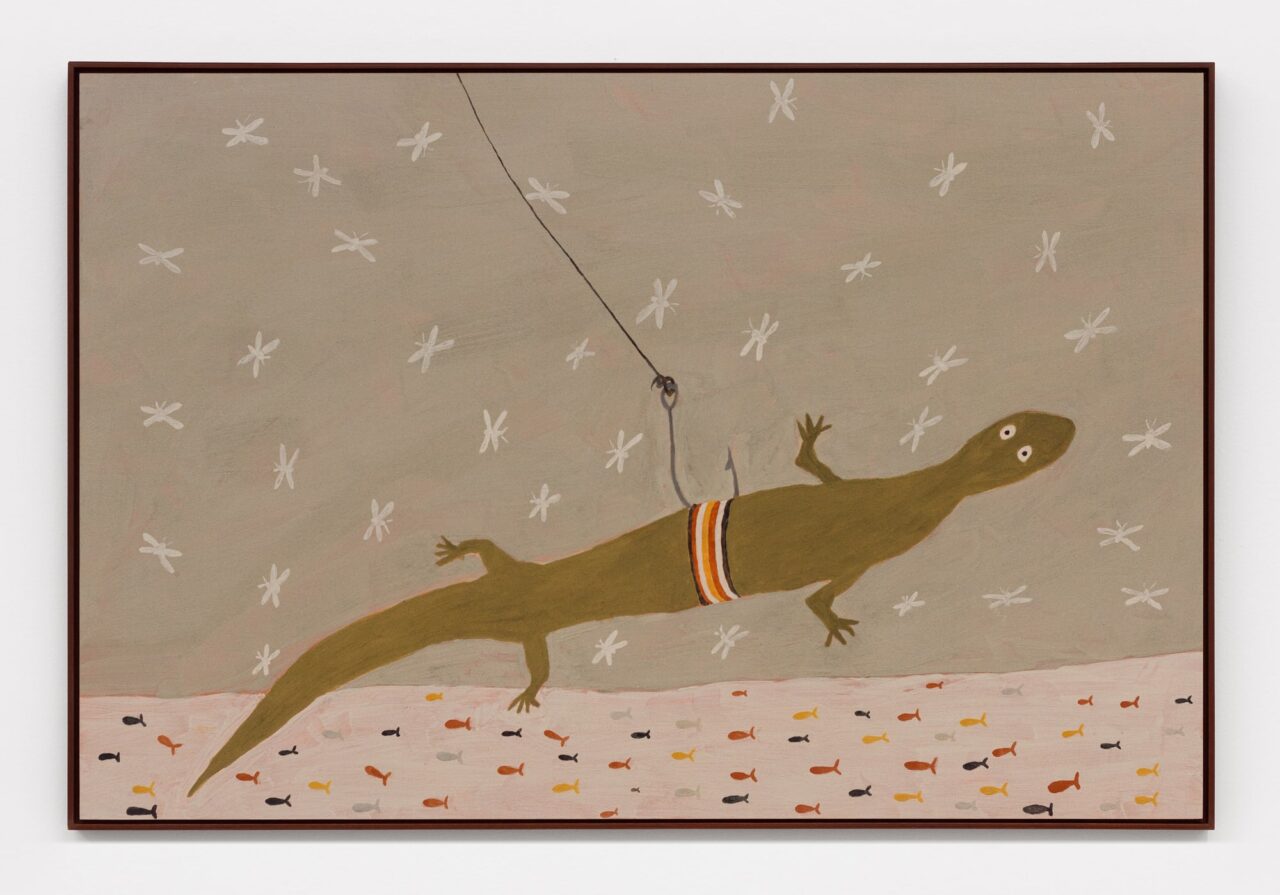
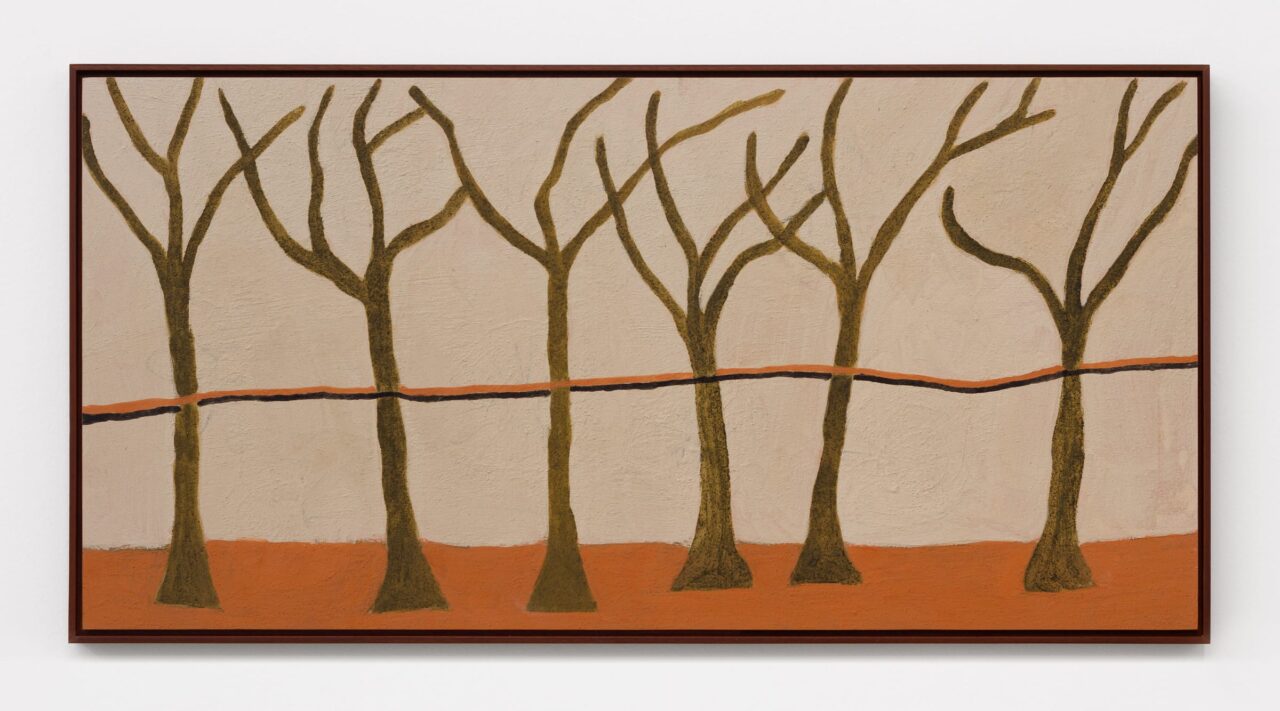
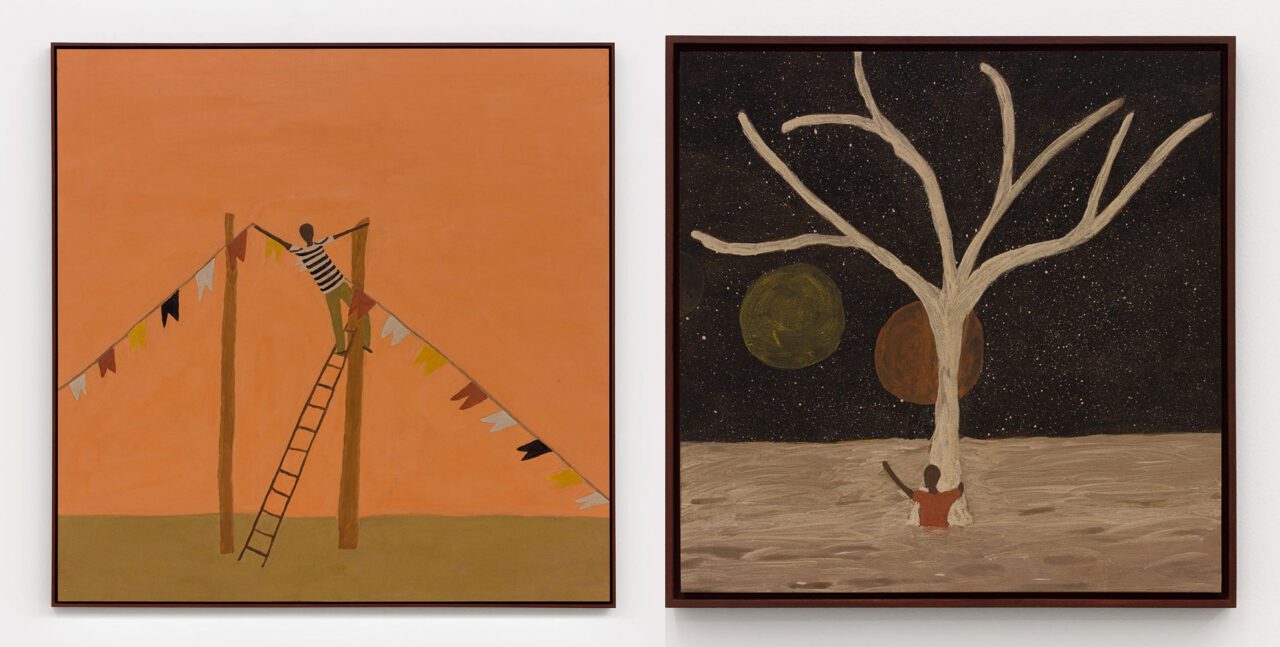
Right: Marcos Siqueira, Untitled, 2024, pigment on panel, 25 x 25 cm, 9 7/8 x 9 7/8 in, © Marcos Siqueira, Curtesy the artist and Mendes Wood DM
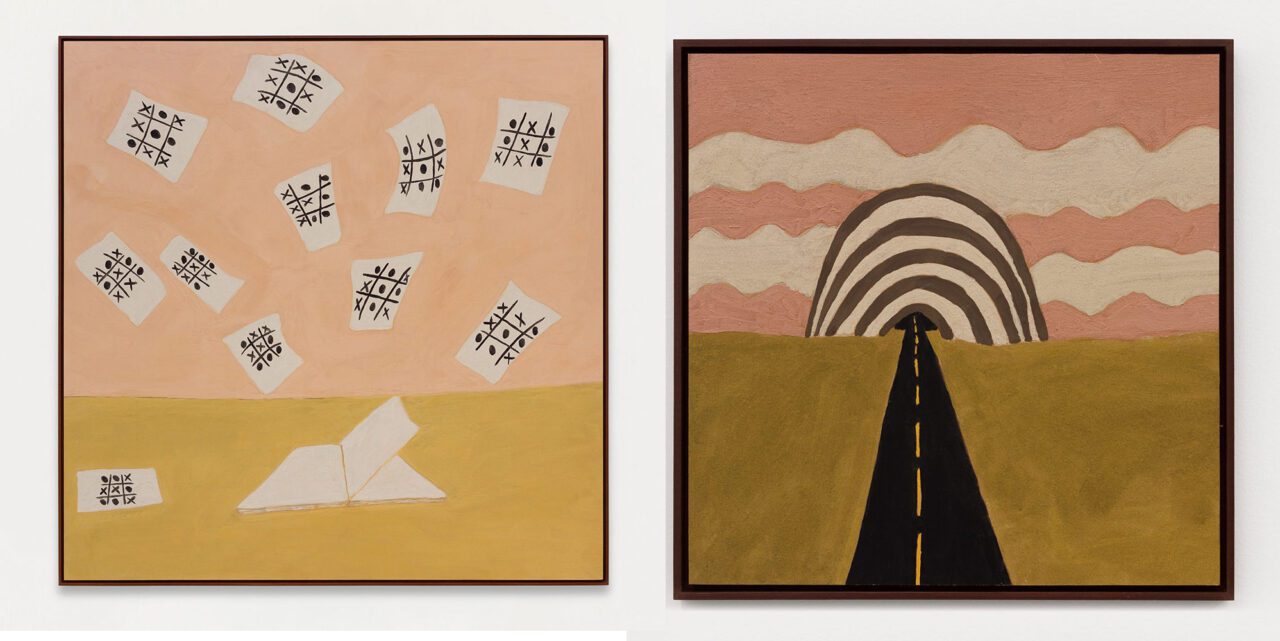
Right: Marcos Siqueira, Untitled, 2024, pigment on panel, 50 x 50 cm, 19 3/4 x 19 3/4 in, © Marcos Siqueira, Curtesy the artist and Mendes Wood DM

Right: Marcos Siqueira, Untitled, 2024, pigment on panel, 50 x 50 cm, 19 3/4 x 19 3/4 in, © Marcos Siqueira, Curtesy the artist and Mendes Wood DM
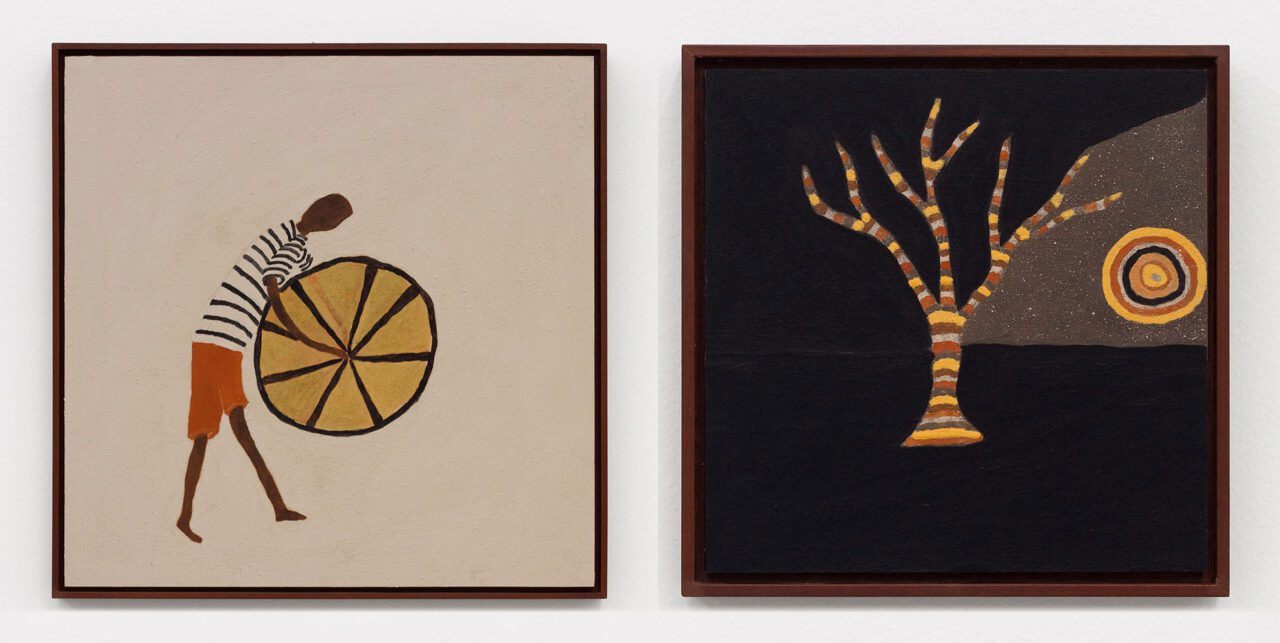
Right: Marcos Siqueira, Untitled, 2024, pigment on panel, 25 x 25 cm, 9 7/8 x 9 7/8 in, © Marcos Siqueira, Curtesy the artist and Mendes Wood DM
